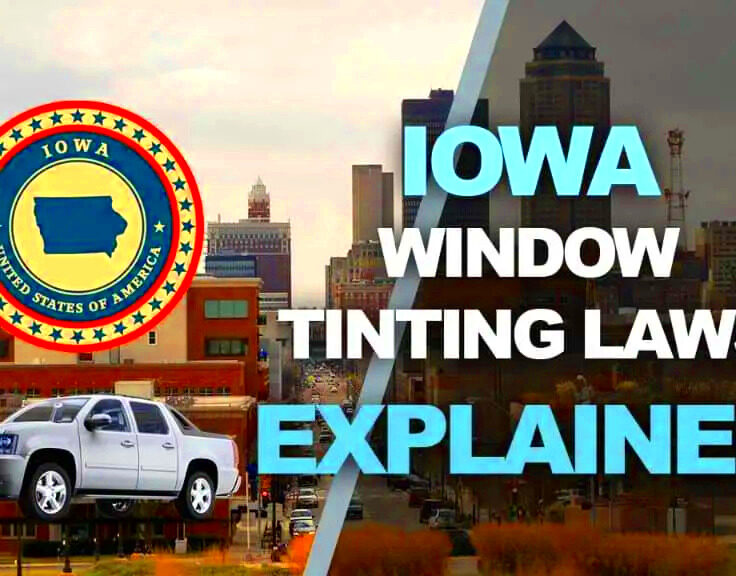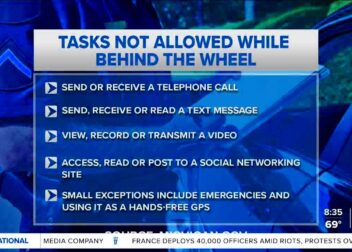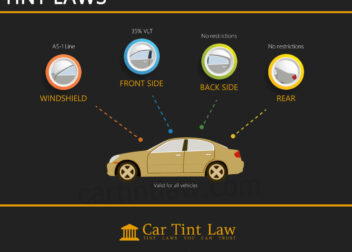Iowa Window Tint Law Update for 2024
Window tinting is a popular choice for many car owners in Iowa. It can enhance the look of a vehicle and provide benefits like UV protection and increased privacy. However, it’s essential to understand the regulations governing window tint to avoid fines and ensure compliance. Iowa has specific laws about how dark and reflective window tints can be. These laws are designed to keep drivers safe while also allowing them to enjoy the benefits of window tinting. Let’s explore what you need to know about these regulations.
Changes to Iowa Window Tint Laws in 2024

In 2024, there are some notable updates to Iowa’s window tint laws that every driver should be aware of. The state legislature has reviewed and revised certain aspects of the existing laws to better address safety concerns and improve compliance. Here are the key changes:
- Increased Transparency: The new laws require more transparency regarding the type of tint used.
- New Testing Guidelines: Law enforcement will use updated tools for measuring tint levels.
- Enhanced Medical Exemptions: There are clearer guidelines on how to obtain medical exemptions for darker tints.
- Fines and Penalties Adjustments: Adjustments in fines for non-compliance have been implemented.
Understanding these changes is crucial for ensuring that your vehicle remains compliant and you avoid any unnecessary fines.
Legal Limits for Window Tint Darkness
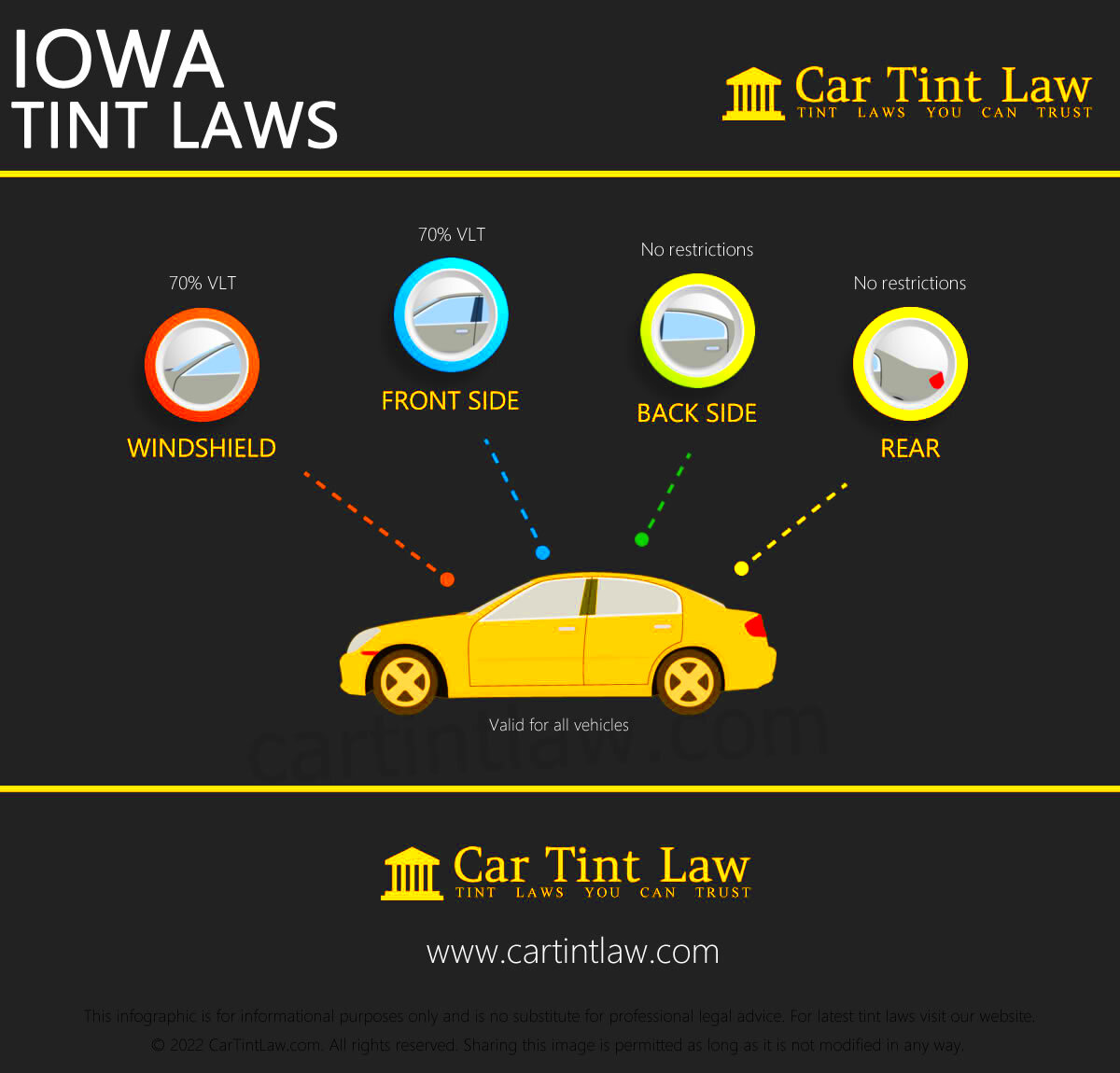
Iowa has specific legal limits for how dark window tint can be. The laws are designed to maintain safety on the roads while allowing some degree of personalization. Here’s a breakdown of the legal limits:
| Window Location | Maximum Tint Darkness |
|---|---|
| Windshield | Non-reflective tint above the AS-1 line or top 5 inches |
| Front Side Windows | Must allow more than 70% of light in |
| Back Side Windows | No limit on darkness |
| Rear Window | No limit on darkness |
It’s crucial to ensure your window tint complies with these legal limits. Failing to do so could result in penalties, so always double-check with your installer to ensure they adhere to Iowa’s regulations.
Window Tint Reflectivity Requirements
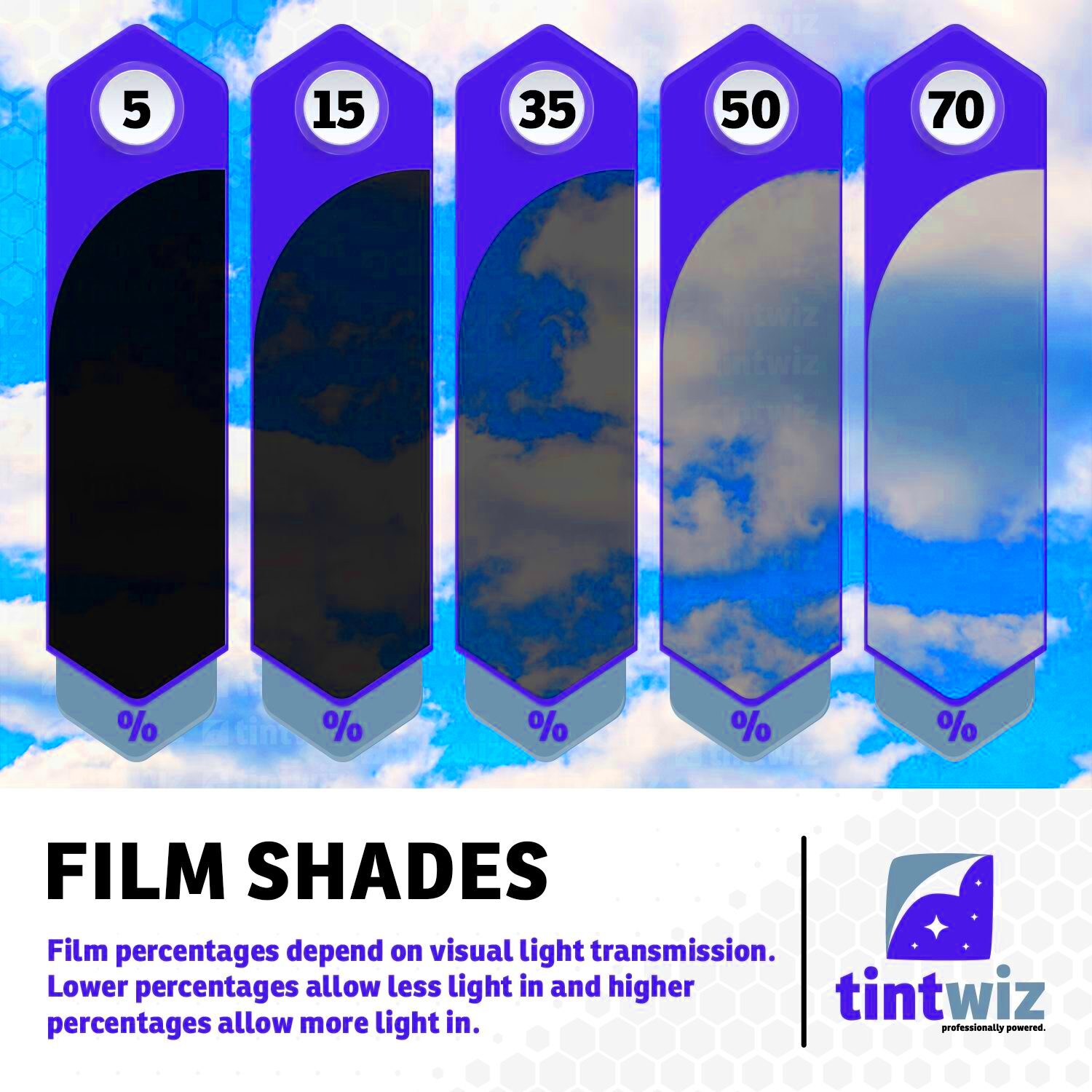
Reflectivity is another important factor when it comes to window tinting in Iowa. It refers to how much light is reflected away from the glass surface. While many car owners focus on the darkness of their tint, understanding reflectivity requirements is equally vital. These laws are put in place to ensure that drivers have a clear view of the road and other vehicles, reducing the risk of accidents.
Iowa law sets specific limits on how reflective window tints can be. Here’s what you need to know:
| Window Location | Maximum Reflectivity |
|---|---|
| Front Windshield | Not more than 25% reflective |
| Front Side Windows | Not more than 25% reflective |
| Back Side Windows | No limit on reflectivity |
| Rear Window | No limit on reflectivity |
Choosing a tint that meets these reflectivity requirements will not only keep you compliant with the law but also ensure a safer driving experience. If you’re considering tinting your vehicle, make sure to discuss these requirements with your installer to avoid any issues down the road.
Medical Exemptions for Window Tint
Did you know that Iowa offers medical exemptions for window tint laws? This is particularly important for individuals with certain medical conditions that require increased sun protection. If you have a condition that makes you sensitive to sunlight, you may be eligible for a darker window tint than what is typically allowed. Understanding how to obtain this exemption can be a game-changer for your comfort and health.
Here’s how to navigate the medical exemption process:
- Consult a Doctor: Obtain a written recommendation from a licensed physician that explains your condition.
- Submit the Documentation: Provide the documentation to your local Department of Motor Vehicles (DMV) office.
- Receive a Medical Exemption Certificate: Once approved, you’ll receive a certificate that allows you to have darker tint on your vehicle.
Remember, this exemption applies specifically to medical conditions. Always keep your documentation handy, as law enforcement may request to see it. This process is designed to ensure that those in need have access to the protection they require while staying compliant with the law.
Penalties for Violating Window Tint Laws
Being unaware of the laws regarding window tinting can lead to serious consequences in Iowa. If you are found to be in violation of these regulations, the penalties can vary depending on the severity of the infraction. Knowing these potential penalties can help you make informed choices about your window tint.
Here’s what you need to know about the penalties:
- First Offense: Typically results in a warning, but you may be required to remove the illegal tint.
- Second Offense: May lead to a fine of around $100 to $200, along with a requirement to correct the tint.
- Subsequent Offenses: Fines can increase, and you may face additional penalties, such as points on your driving record.
Being proactive and ensuring your window tint is compliant can save you from these headaches. Always check your tint before installation, and if you’re unsure, consult with professionals who are knowledgeable about Iowa’s window tint laws. Avoiding penalties is as simple as staying informed and compliant!
How to Properly Install Window Tint
Installing window tint is a great way to enhance your vehicle’s appearance and comfort. However, it’s crucial to do it right to avoid any issues with the law. Whether you’re a DIY enthusiast or planning to hire a professional, understanding the installation process can help you achieve the best results. Here’s a step-by-step guide to properly installing window tint.
Here are the main steps to follow:
- Choose the Right Tint: Select a film that meets Iowa’s legal requirements for darkness and reflectivity.
- Clean the Windows: Use a glass cleaner and a lint-free cloth to remove any dirt, dust, or grease from the windows. A clean surface is crucial for proper adhesion.
- Measure and Cut the Film: Carefully measure your windows and cut the tint film to size, leaving a little extra around the edges for adjustments.
- Apply the Film: Wet the window and the adhesive side of the film with a mixture of water and a few drops of soap. This helps you position the film correctly.
- Squeegee Out Air Bubbles: Starting from the center, use a squeegee to push out any air bubbles and excess water from underneath the film.
- Trim Excess Film: After the film is securely applied, trim any excess around the edges using a sharp blade.
Proper installation ensures the tint looks good and lasts long while keeping you compliant with the law. If you’re unsure, it’s always best to consult a professional to avoid any costly mistakes.
Frequently Asked Questions about Iowa Window Tint Laws
When it comes to window tint laws in Iowa, many car owners have questions. It’s essential to have the right information to avoid any legal troubles. Here are some of the most frequently asked questions about window tint regulations:
- What is the legal tint darkness for front windows? The front side windows must allow more than 70% of light in.
- Are there any exemptions for window tint? Yes, medical exemptions are available for individuals with specific health conditions.
- What happens if my tint is too dark? You may receive a warning or a fine, depending on the severity of the violation.
- Can I tint my windshield? You can use non-reflective tint above the AS-1 line or top 5 inches of the windshield.
- How do I check if my tint is compliant? You can use a light meter or consult a professional installer to ensure your tint meets the legal limits.
Having these questions answered can help you navigate Iowa’s window tint laws more confidently. Always stay informed and double-check the latest regulations to ensure compliance.
Conclusion on Iowa Window Tint Law Update
Staying informed about window tint laws in Iowa is crucial for all vehicle owners. The recent updates to these regulations in 2024 aim to balance the benefits of window tinting with safety on the roads. By understanding the legal limits for darkness and reflectivity, as well as the process for medical exemptions, you can make informed decisions regarding your vehicle’s window tint.
Proper installation is essential to ensure your tint is not only visually appealing but also compliant with the law. And remember, keeping up with the latest regulations helps avoid penalties. As always, consult with professionals if you have any doubts or questions about your specific situation.
By staying informed and compliant, you can enjoy the benefits of window tinting while keeping yourself and others safe on the road.
